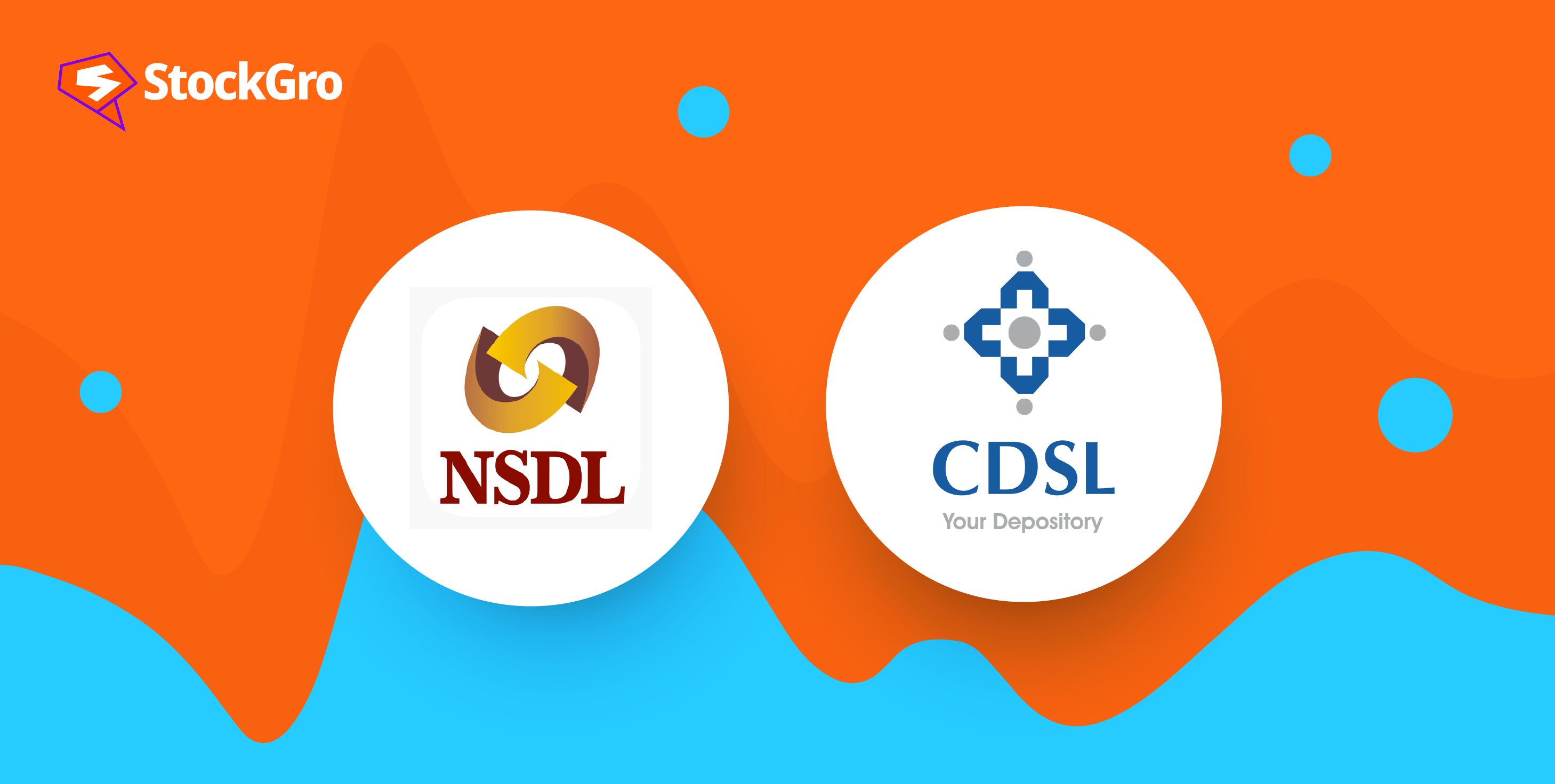
Initial public offering is one of the most exciting stages in a company’s lifetime. They mark the transition of a privately held company into a publicly traded one, allowing investors to buy shares and become partial owners. However, before a company goes public, it needs to determine its initial share price, at which it enters the secondary market.
In this blog, we will delve into the intricacies of IPO share price valuation, explaining its importance and methods.
What is IPO valuation?
IPO valuation is the process in which an analyst assesses and establishes the appropriate market value for the shares of a company that is preparing to become publicly traded. This valuation process takes into account a variety of both internal and external factors that influence the determination of fair share prices.
When a company aims to raise capital from the general public to facilitate its expansion plans, it often initiates an IPO, which stands for Initial Public Offering. In cases where the company is already listed in the stock market and intends to secure additional funds from the public, it opts for an FPO which stands for Further Public Offering.
Also read: Everything you need to know about Mamaearth’s IPO.
The IPO process
Here are the steps a company has to undergo as they head in for an IPO:
Engage an underwriter or investment bank
The IPO process begins with hiring financial experts, typically investment banks, to act as intermediaries. They assess the company’s financials and sign an underwriting agreement detailing the deal’s specifics.
Register for the IPO
Prepare a registration statement and a Red Herring Prospectus (RHP) with mandatory disclosures. Submit this to the registrar of companies and seek SEBI approval.
SEBI review
SEBI examines the company’s disclosures; upon approval, the company can announce the IPO date.
Apply to the stock exchange
Apply to NSE or BSE for the IPO.
Generate buzz
Conduct marketing activities to create excitement about the IPO, engaging potential investors through various channels and presentations.
IPO pricing and offering
The company can set the IPO price either as a fixed price or within a 20% range in a book building offering. Investors bid within this range, and the company determines the final cut-off price after the bidding period.
Share allocation
After finalising the IPO price, the company and underwriters allocate shares to investors. In cases of oversubscription, partial allocations may occur, and shares are typically allotted within ten working days after the bidding period ends.
Also read: Understanding the difference between equity and debt IPO for the right investment
Different methods to compute share price
Let us look at the different methods used by Investment banks to value their companies to determine the share price of a company:
Absolute valuation
In this approach, merchant bankers and underwriters closely analyse a company’s fundamentals to determine its actual or intrinsic value relative to its overall market value.
An absolute valuation can be computed through the following methods:
Discounted cash flow analysis involves determining the present value of anticipated cash flows generated by an investment, whether it’s made today or at a future date. Analysts make several assumptions when evaluating discounted cash flow.
Economic value is computed using a precise mathematical formula. This formula takes into account various factors like the company’s residual income, its ability to bear risks, and the assets and debts it needs to settle. The formula is as follows:
Equity value = (Cash and investment value + enterprise value) – the value of debt and any other liabilities of the company.
Relative valuation
Relative valuation involves comparing a company with its competitors using different ratios like the P/E(Price to Earning’s Ratio) and EV/EBITDA(Enterprise value to Earnings before Interest, Taxes, Depreciation and Amortisation Ratio).
One of the most common indicators used in this method is the price-to-earnings multiple, which creates a comparative analysis of the company’s market capitalisation and its annual earnings. To determine the company’s value, analysts divide the equity value of the company by its recent net income, resulting in the price-to-earnings ratio.
Another parameter considered in calculating the IPO value is EBITDA( Earnings before Interest, Taxes, Depreciation and Amortisation ). This multiple is used to assess the company’s enterprise value rather than just its equity value.
Enterprise value = market cap+ preferred stock + outstanding debt + minority interest – cash and cash equivalents.
Also read: What sets an SME IPO apart from a regular IPO?
IPO calculation through relative valuation
Let’s walk through an example to understand how relative valuation works in the context of an IPO.
Imagine X Ltd, a software company, is preparing for an IPO. To do this, they decided to use relative valuation and look at the valuation multiples of similar publicly traded technology companies.
Identify comparable companies
X Ltd first identifies a set of publicly traded technology companies that are similar in industry, size, growth prospects and market dynamics.
Let’s say they choose three comparable companies: Company A, Company B, and Company C. These companies are known for their software products and services and have been trading on the stock market for some time.
Gather financial data
X Ltd collects financial data for their own company and the selected comparable companies. This data includes financial metrics like revenue, earnings, EBITDA and market capitalisation.
Apply valuation multiples
X Ltd applies the calculated valuation multiples from comparable companies to its financial metrics. For instance, if Company A is trading at a P/E ratio of 20, and X Ltd has an EPS of ₹2, then their estimated valuation based on the P/E multiple would be 20 times ₹2, which equals ₹ 40 per share.
Similarly, if Company B has an EV/EBITDA ratio of 12, and X Ltd has an EBITDA of ₹ 5 crore , then their estimated enterprise value based on the EV/EBITDA multiple would be 12 times ₹5 crore, which equals ₹ 60 crores.
Determine IPO valuation
By applying the valuation multiples of the comparable companies to their financial metrics, X Ltd arrives at a range of estimated valuations. They can then decide on an appropriate IPO valuation based on these comparisons.
For example, if the P/E multiples of Company A, Company B, and Company C result in estimated valuations ranging from ₹35 to ₹45 per share, X Ltd might decide to set their IPO price at ₹40 per share, considering various factors such as market conditions and investor appetite.
In this way, relative valuation helps X Ltd arrive at a reasonable and market-driven IPO valuation by leveraging the valuation metrics of similar companies in the industry.
Conclusion
The Initial Public Offering (IPO) is a transformative milestone for companies, enabling them to transition from private to public ownership. IPO valuation plays a crucial role in this process and helps determine the share price for entering the secondary market.
IPO valuation is a comprehensive process that guides companies in raising capital and embarking on their growth journey in the public markets.

